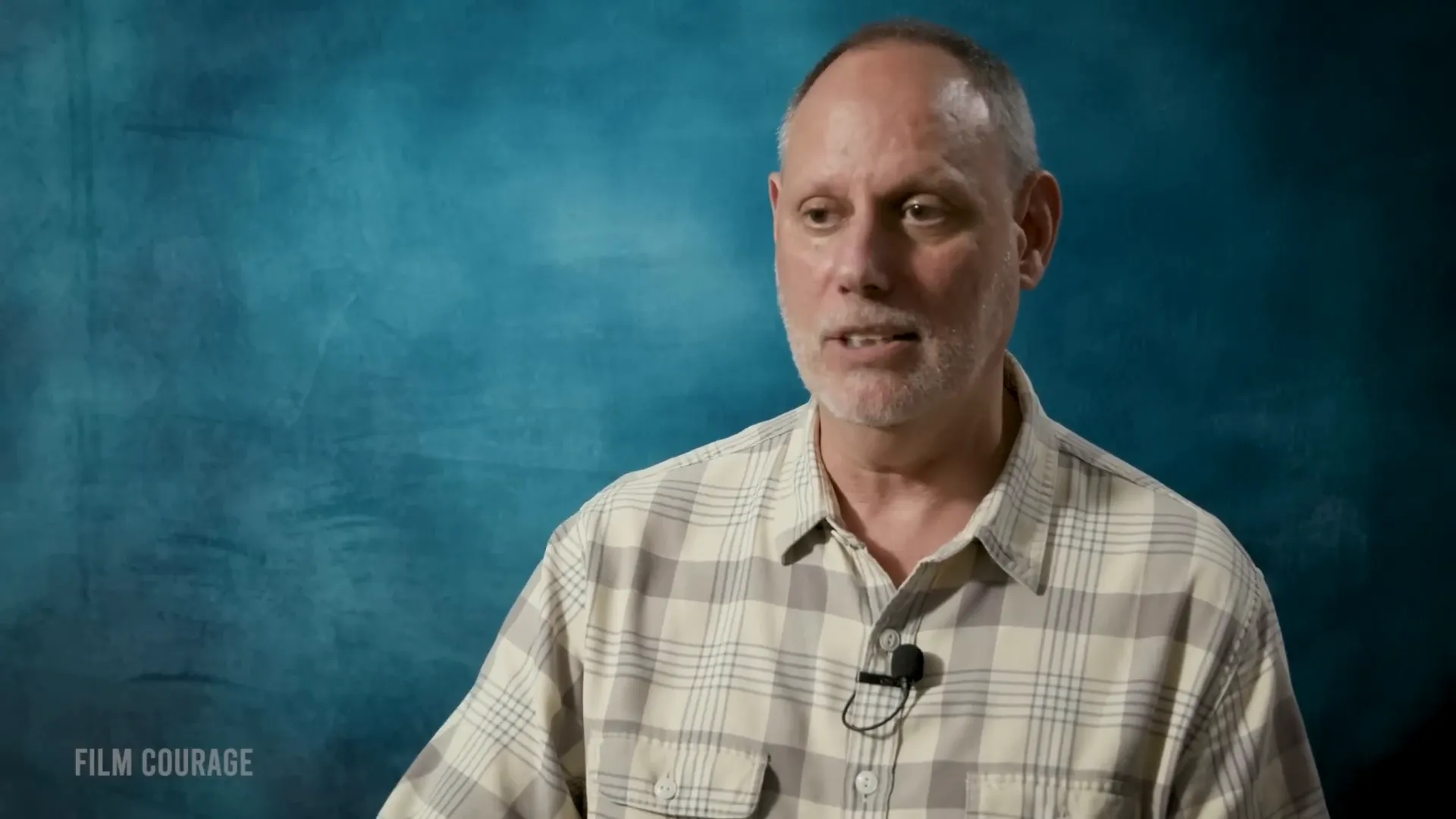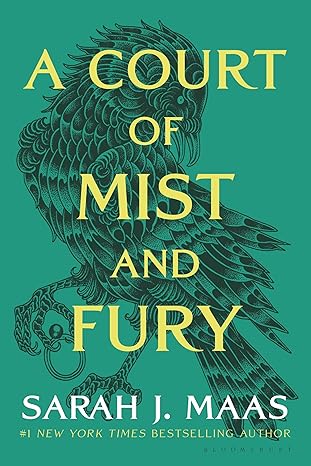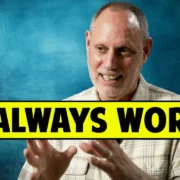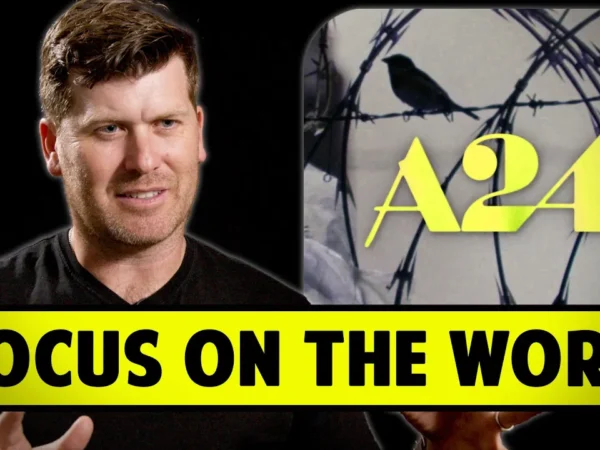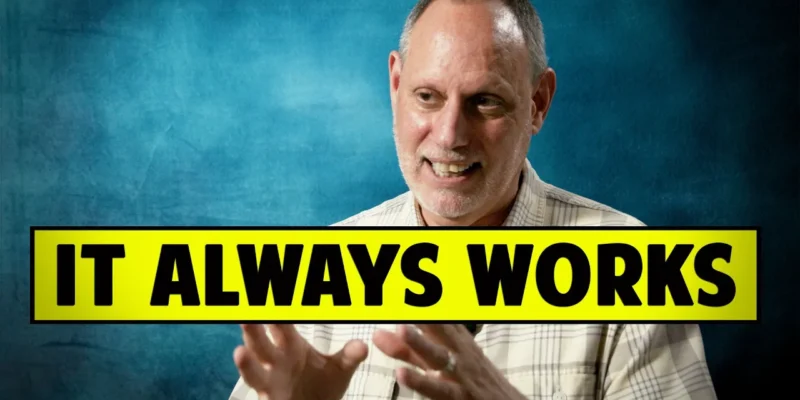
Unlocking the Secrets of Storytelling: Insights from Glenn Gers
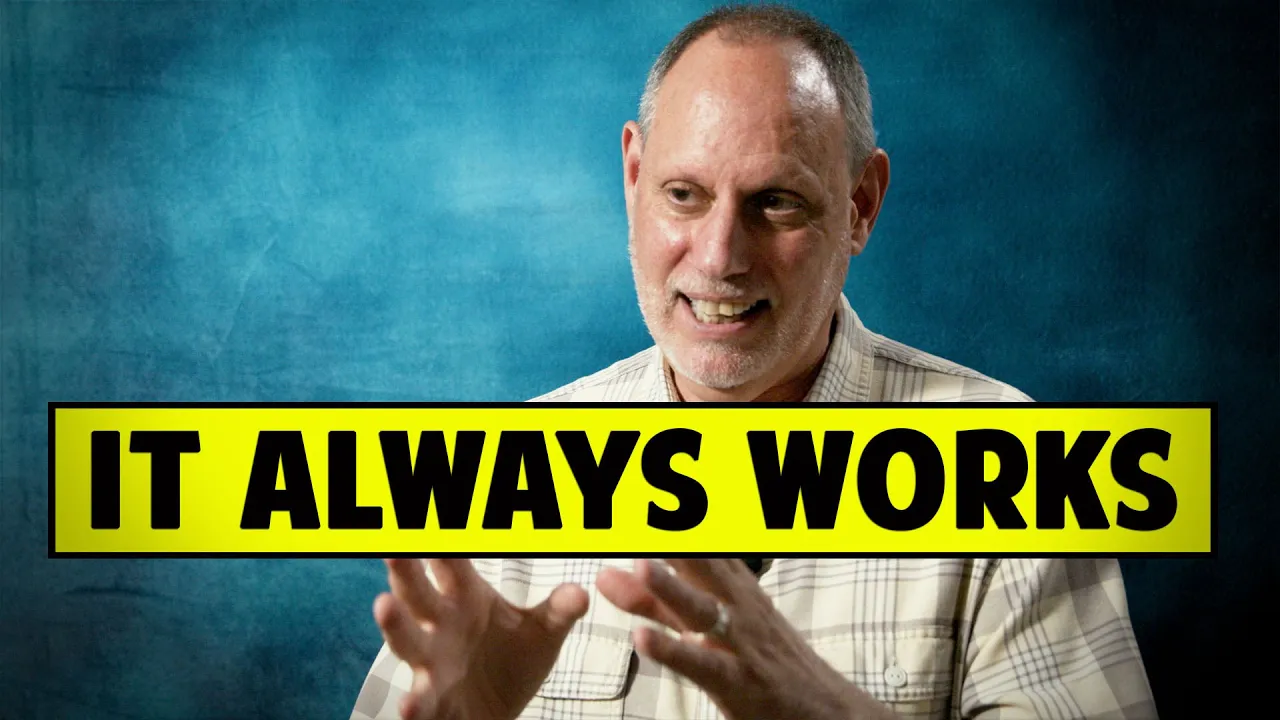
In the world of screenwriting, understanding the fundamental principles of storytelling is crucial. Glenn Gers shares his insights on character-driven narratives, the writing process, and how to navigate obstacles in storytelling, making it easier for aspiring writers to craft compelling stories.
Table of Contents
- 📖 Defining Story
- 🦸♂️ The Role of Characters
- ❗ Understanding Obstacles
- ❓ The Importance of Questions in Writing
- ✍️ Crafting Your Writing Process
- 🧠 Finding What Works for You
- 🛑 Overcoming Writer’s Block
- 🌀 The Evolution of a Writer
- 🛤️ The Writing Process: A Continuous Journey
- ❓ FAQs on Storytelling and Writing
📖 Defining Story
A story fundamentally revolves around characters. It isn’t limited to one protagonist; multiple characters can coexist, each with their own narrative arcs. The essence of storytelling lies in how these characters strive to achieve their goals while encountering others—who may either assist or obstruct their intentions.
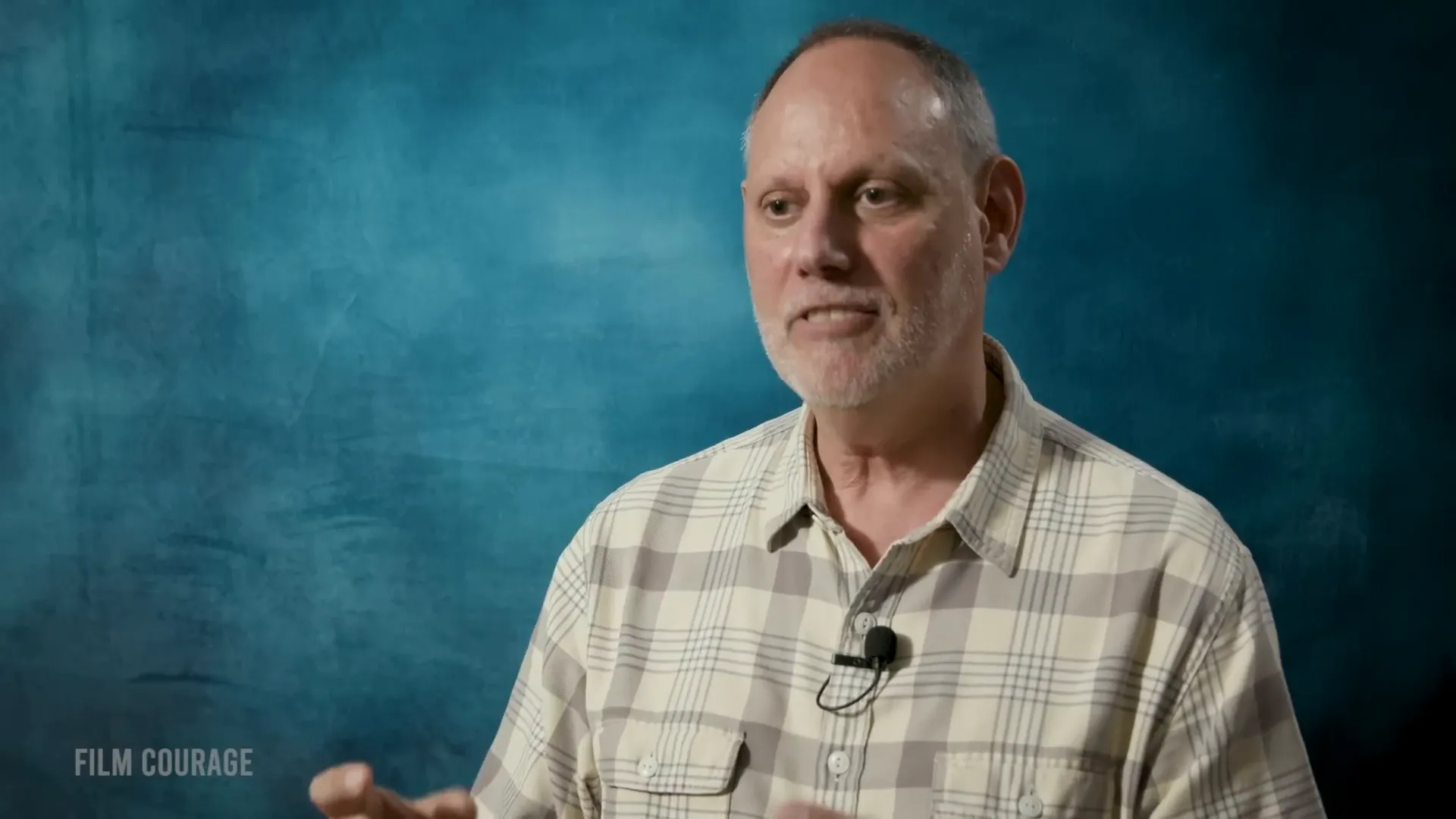
Think of a character as a billiard ball in motion. Each character has a direction and purpose, rolling forward until they collide with another force that alters their path. This collision creates dramatic tension, which is the heart of any compelling narrative.
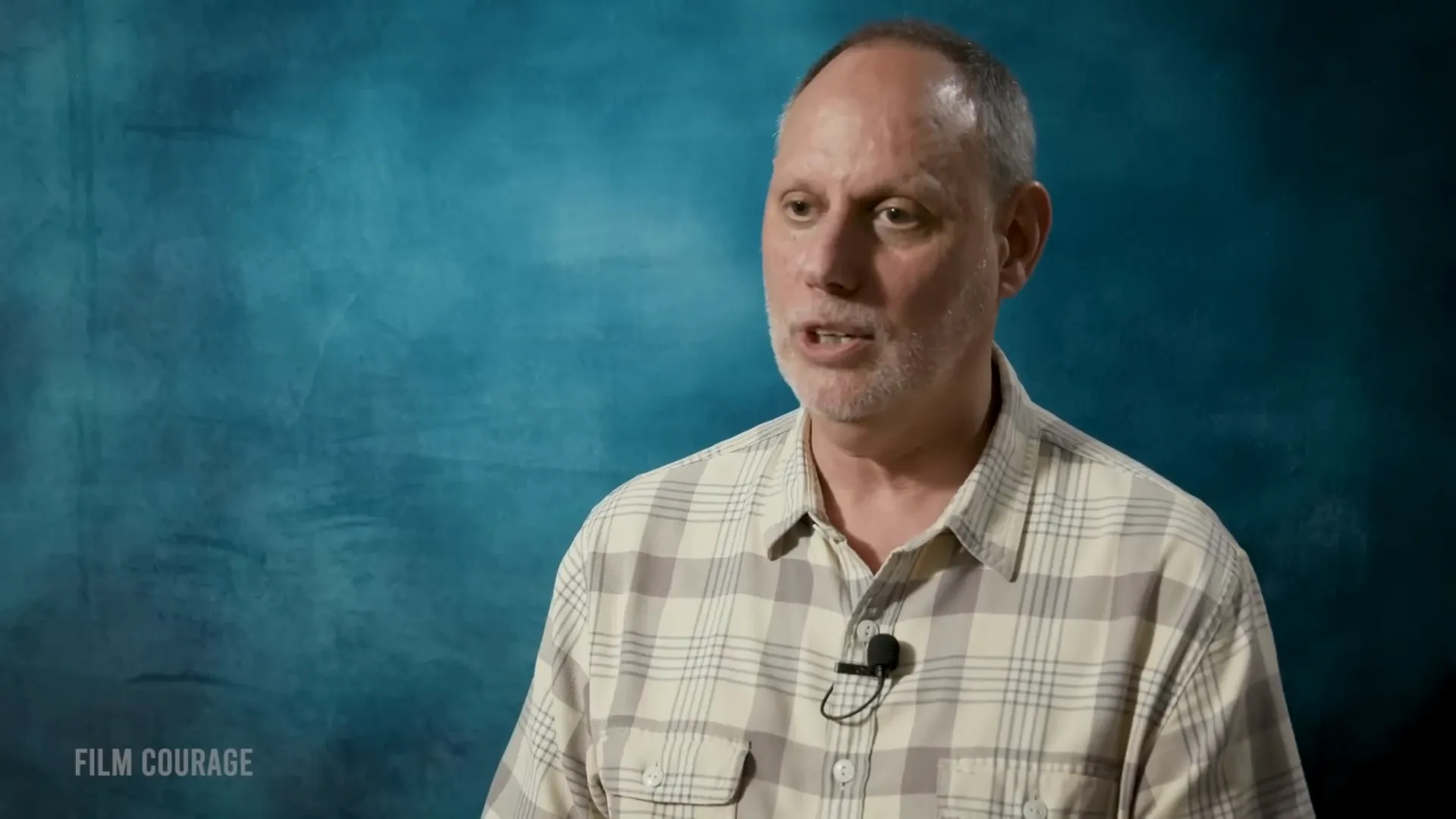
Every character believes they are the protagonist of their own story. For instance, if a hero approaches a hotel clerk, both view themselves as the center of their respective narratives. This interplay is what builds the foundation of dramatic action—characters striving for their goals while navigating the complexities of human interaction.
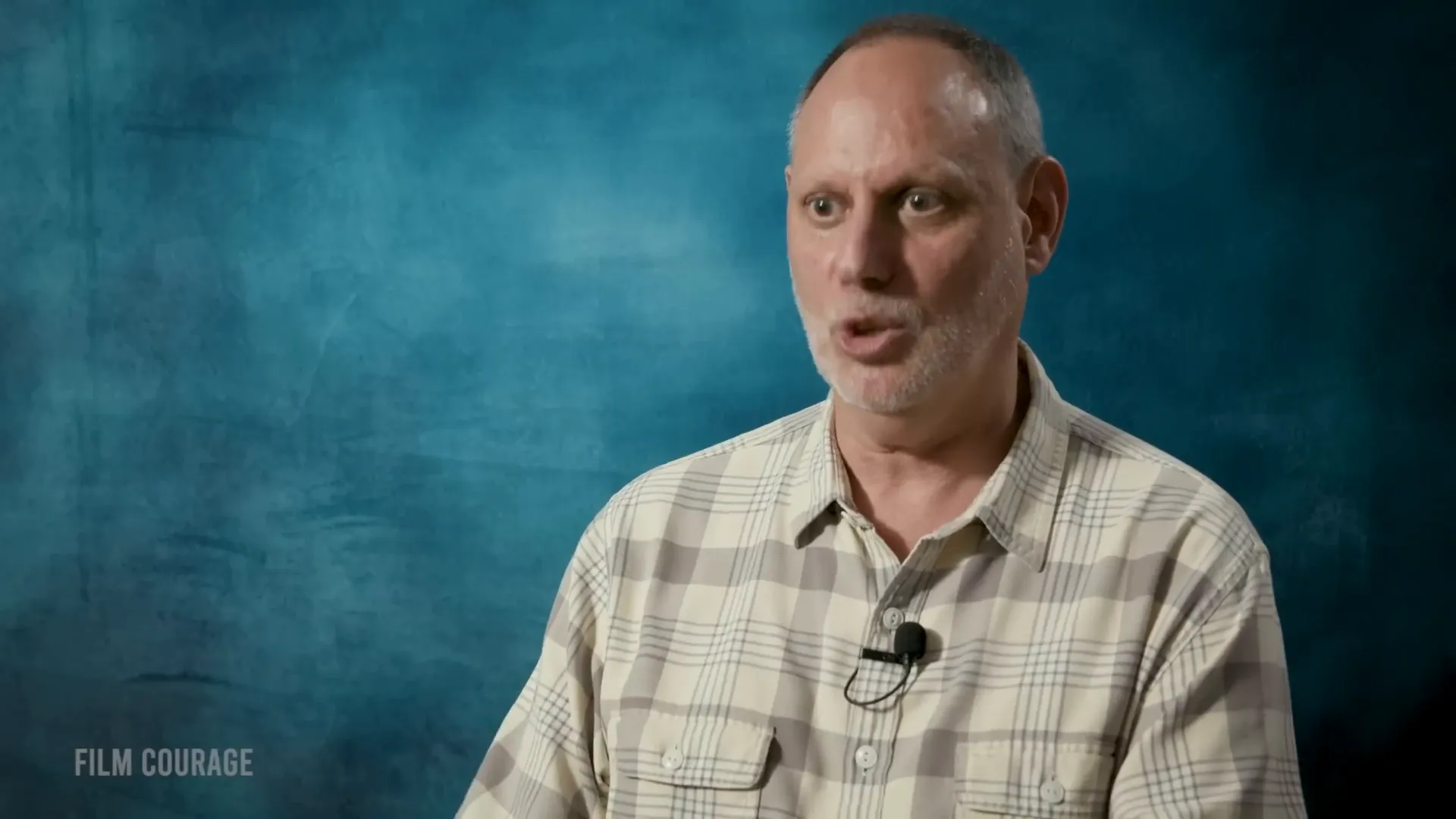
Key Elements of a Story
- Character Goals: Each character has a distinct desire or objective.
- Obstacles: Characters face challenges, whether internal fears or external conflicts.
- Dramatic Action: The essence of the story unfolds through interactions and decisions made in the face of these obstacles.
🦸♂️ The Role of Characters
Characters are the vehicles through which stories are told. They are not just names on a page; they are complex beings with desires, fears, and motivations. The more layered and relatable a character, the more engaging the story becomes.
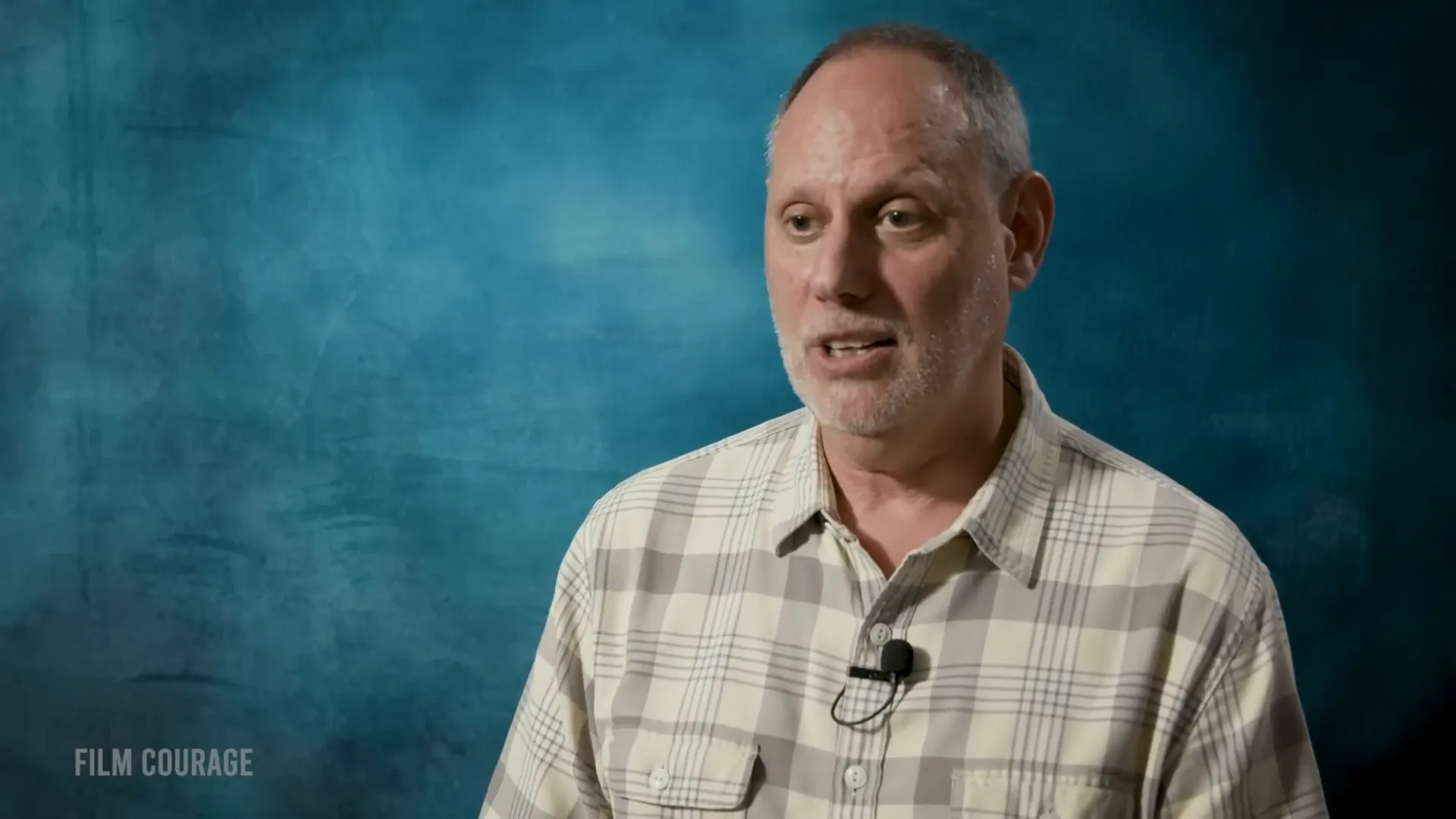
Consider a character who must transport a suitcase to a train station, yet is paralyzed by the fear of loud noises. This internal struggle adds depth to the narrative, illustrating that obstacles can be emotional or psychological, not just physical. Every character’s journey is unique, shaped by their individual challenges.
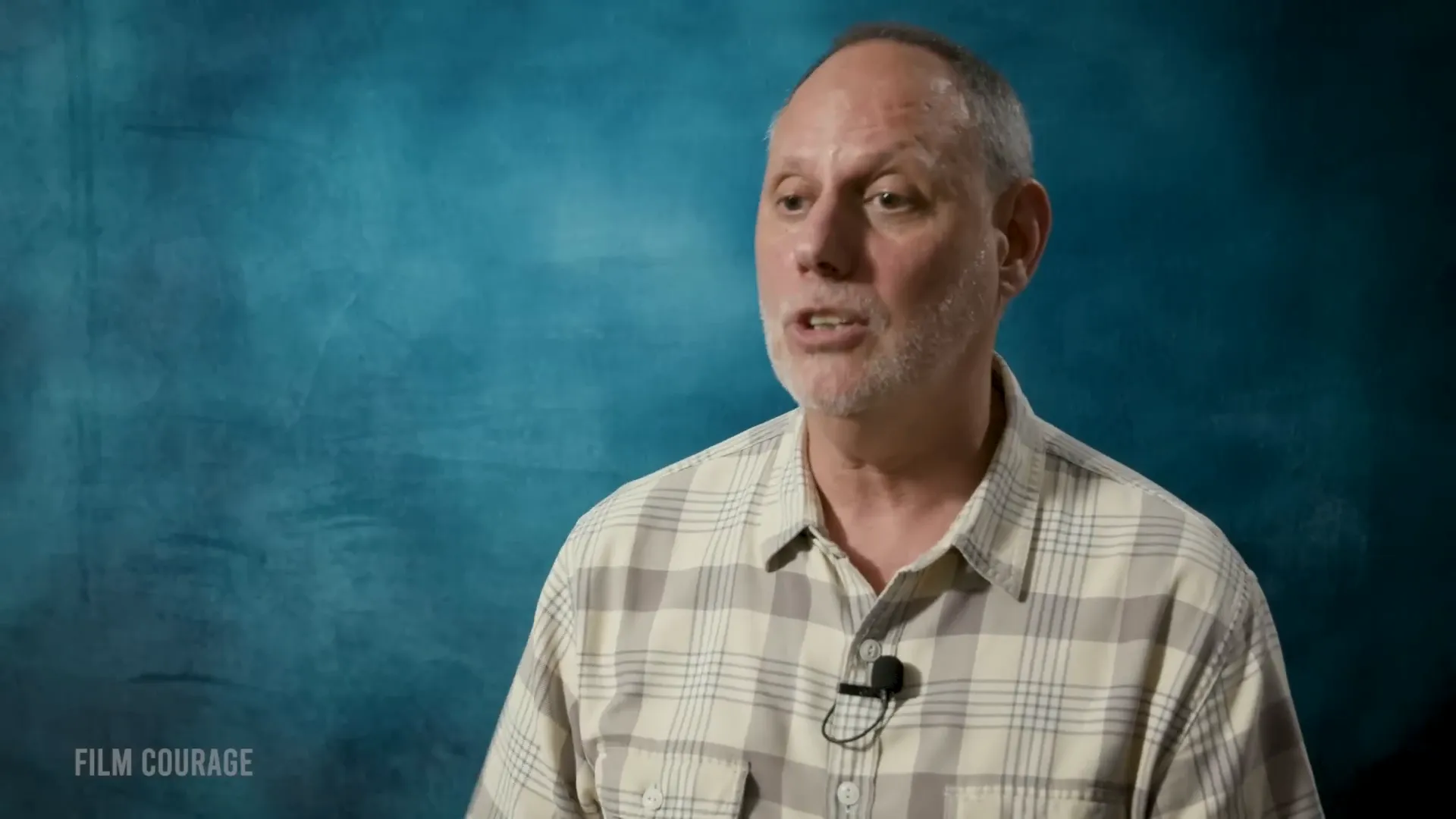
Character Development Techniques
- Define clear objectives for each character.
- Explore their fears and motivations.
- Establish relationships with other characters that influence their journey.
- Create situations that force characters to confront their challenges.
❗ Understanding Obstacles
Obstacles are essential in storytelling; they provide the conflict that drives the narrative forward. These barriers can be external, like a thief stealing a suitcase, or internal, such as a character grappling with anxiety.
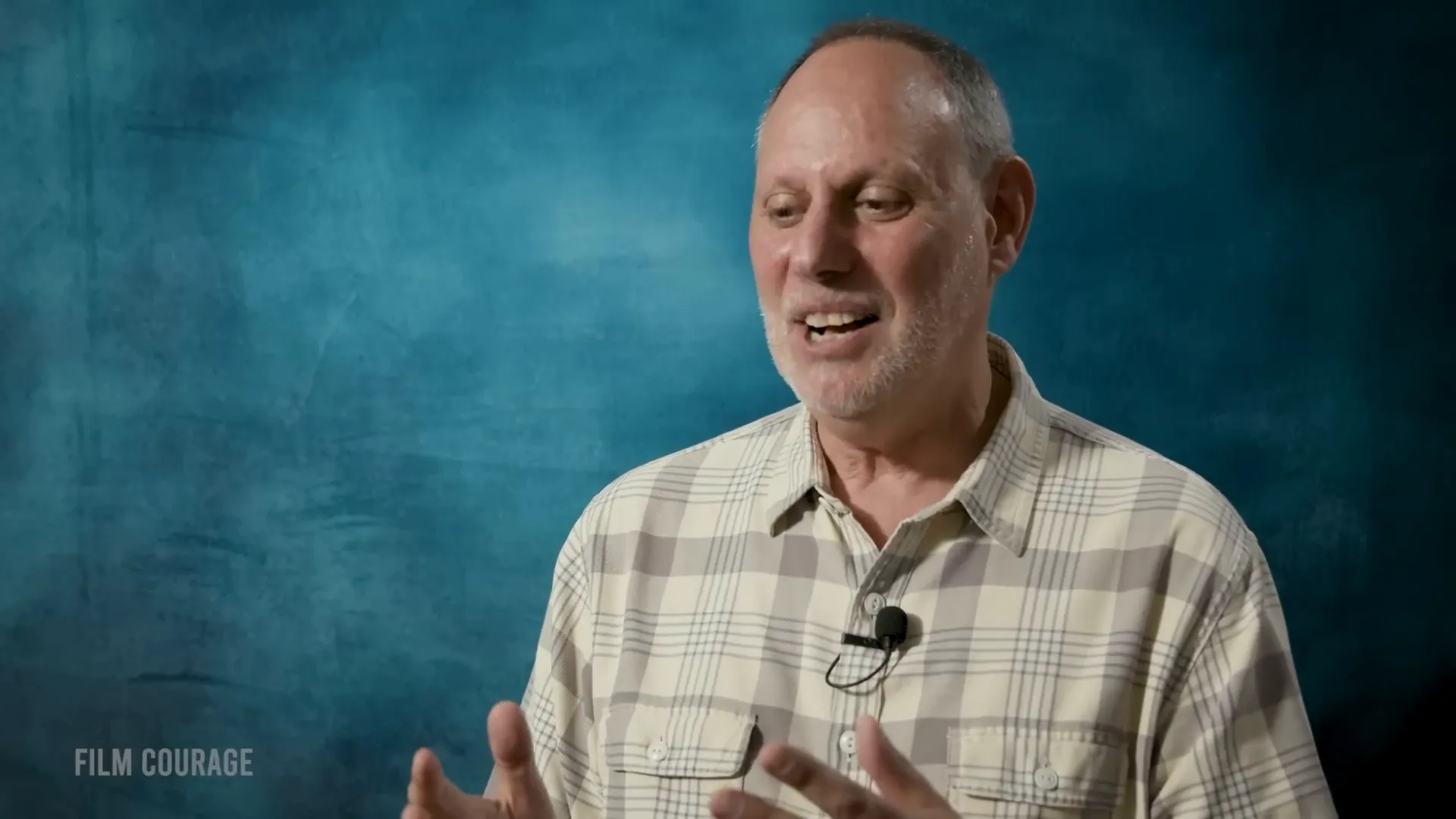
When a character encounters an obstacle, their responses and actions define the story. The more significant the obstacle, the more engaging the story becomes. If a character’s goal is easily achieved without conflict, the narrative risks becoming dull.
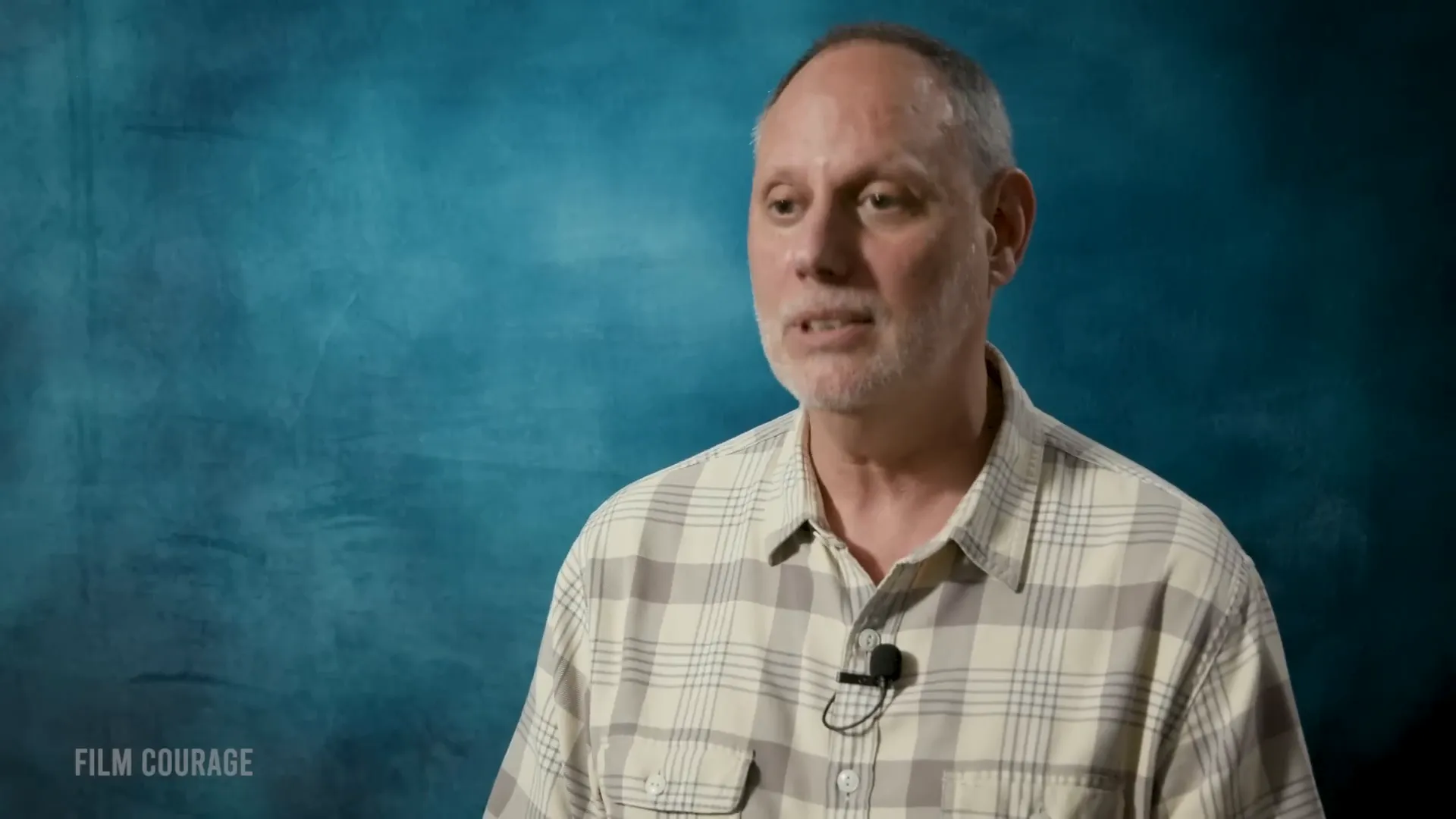
Types of Obstacles
- External Obstacles: These include other characters, physical barriers, or societal constraints.
- Internal Obstacles: Fear, guilt, or self-doubt can hinder a character’s progress.
- Situational Obstacles: Circumstances that arise unexpectedly, forcing characters to adapt.
❓ The Importance of Questions in Writing
Writing is an iterative process filled with questions. Every decision made in a narrative stems from a query. The act of questioning helps clarify the direction of the story and the motivations of each character.
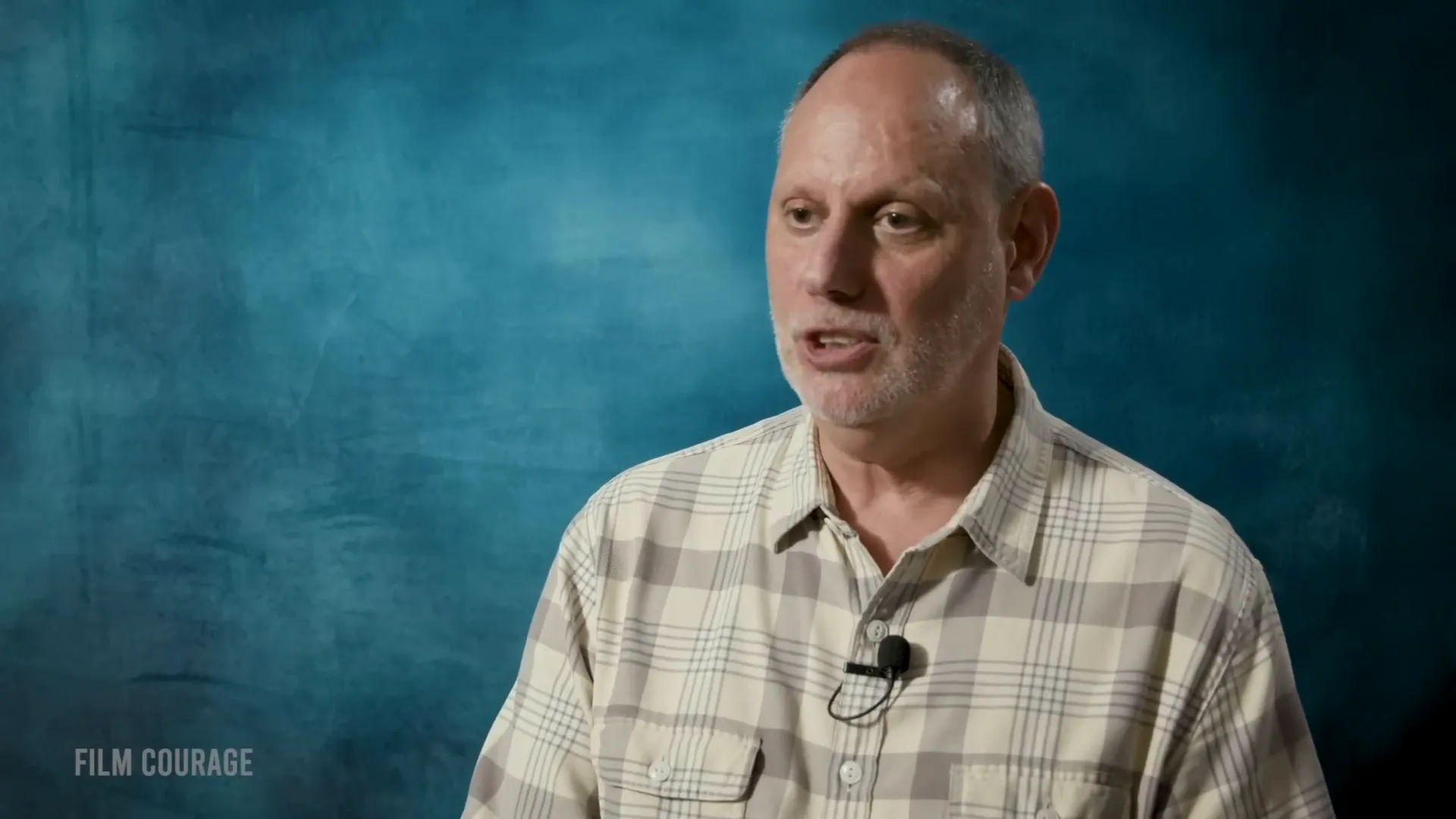
Key questions include: Who is the protagonist? What do they want? Why can’t they achieve it? Each question leads to the next, creating a web of narrative possibilities that enrich the story. This approach encourages writers to think critically about their characters and plot.

Essential Questions for Story Development
- Who is the main character?
- What is their goal?
- What obstacles do they face?
- How do they respond to these challenges?
- What is the resolution of their journey?
✍️ Crafting Your Writing Process
Finding your unique writing process is vital for productivity. There is no universally correct method; rather, it’s about discovering what works best for you. Some writers thrive in bursts, while others prefer longer sessions.
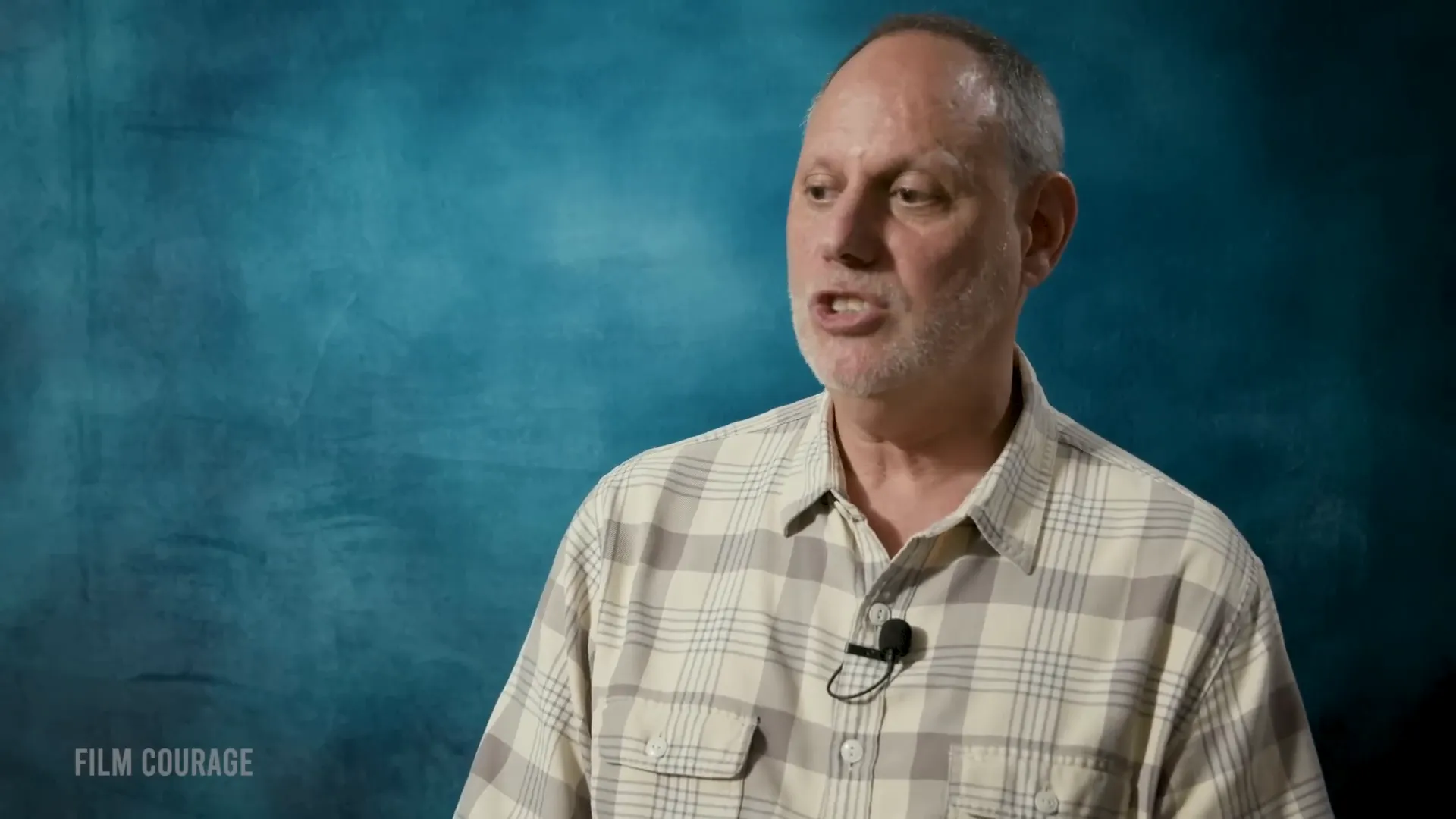
Pay attention to your habits and preferences. Are you more productive in the morning or at night? Short writing sprints or extended sessions? Experimentation is key to finding a rhythm that suits your individual style.
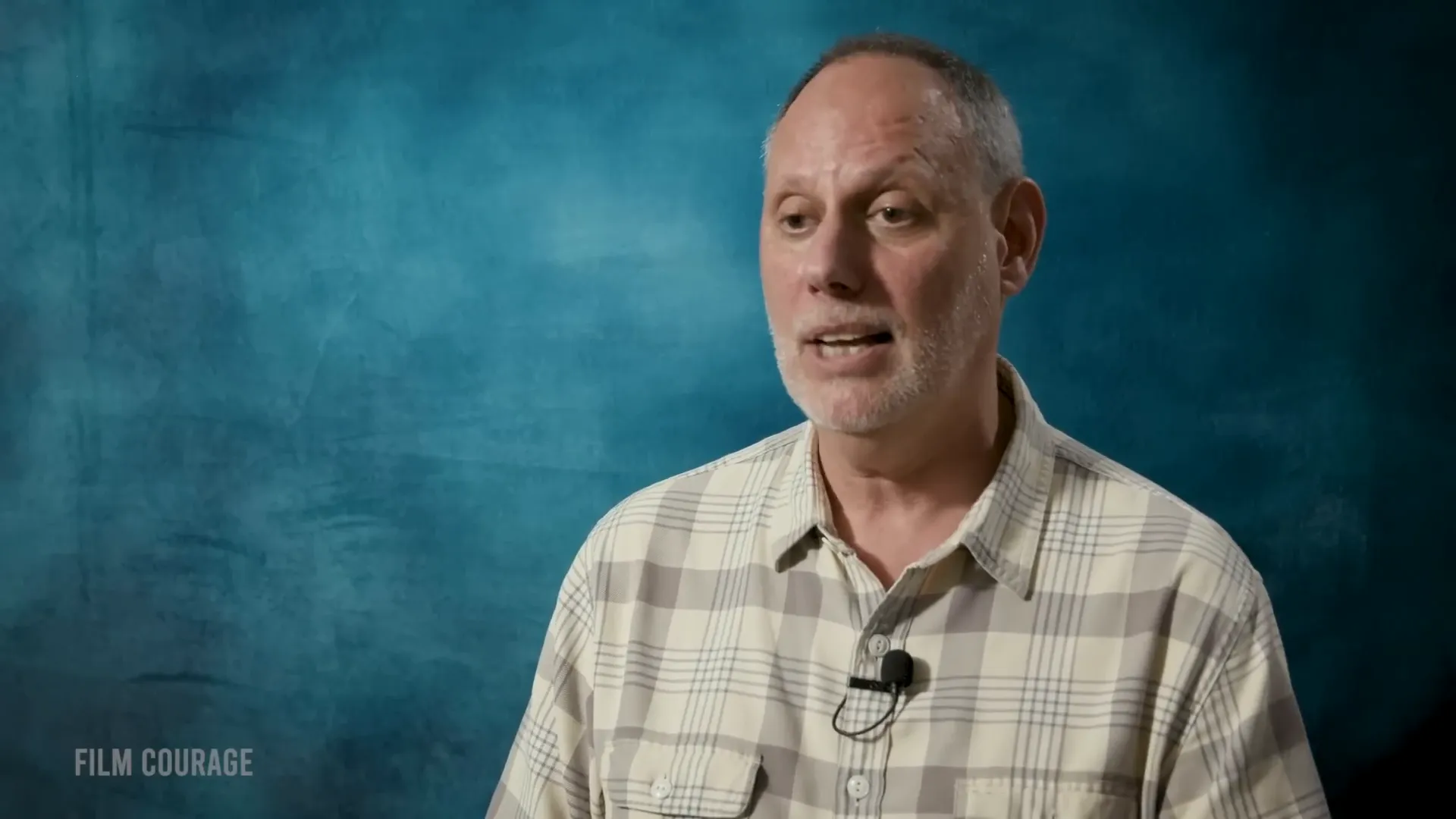
Developing Your Personal Writing Process
- Identify your most productive times and environments.
- Experiment with different writing techniques and formats.
- Establish a routine that incorporates breaks to maintain creativity.
- Document your progress to identify what methods yield the best results.
Ultimately, your writing process should feel natural and enjoyable. Recognizing what brings you joy in writing can significantly enhance your productivity and creativity.
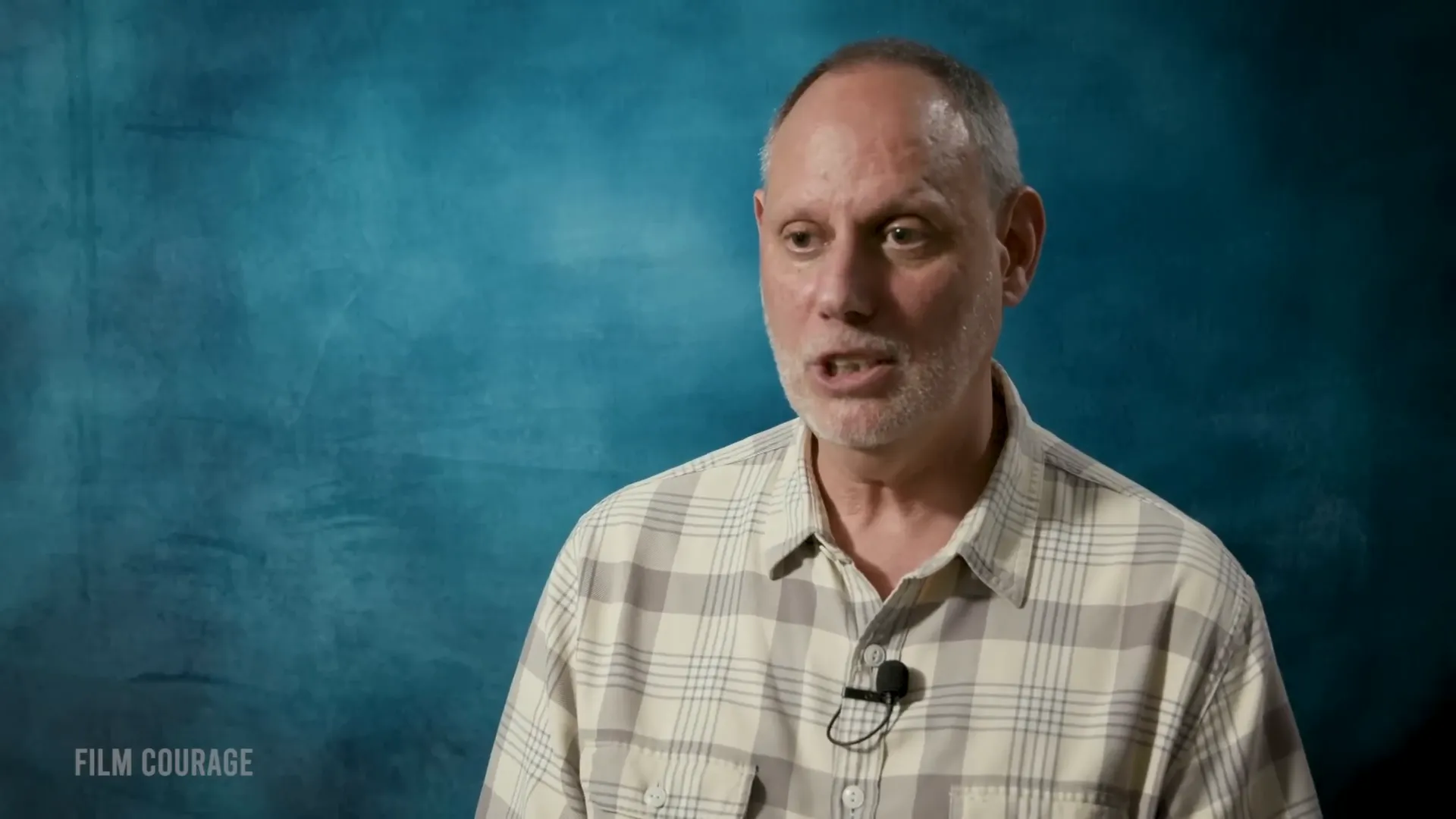
🧠 Finding What Works for You
Every writer’s journey is unique, much like the stories they create. Discovering what resonates with your personal style is essential. This process involves not only experimentation but also self-reflection to identify what truly enhances your creativity.
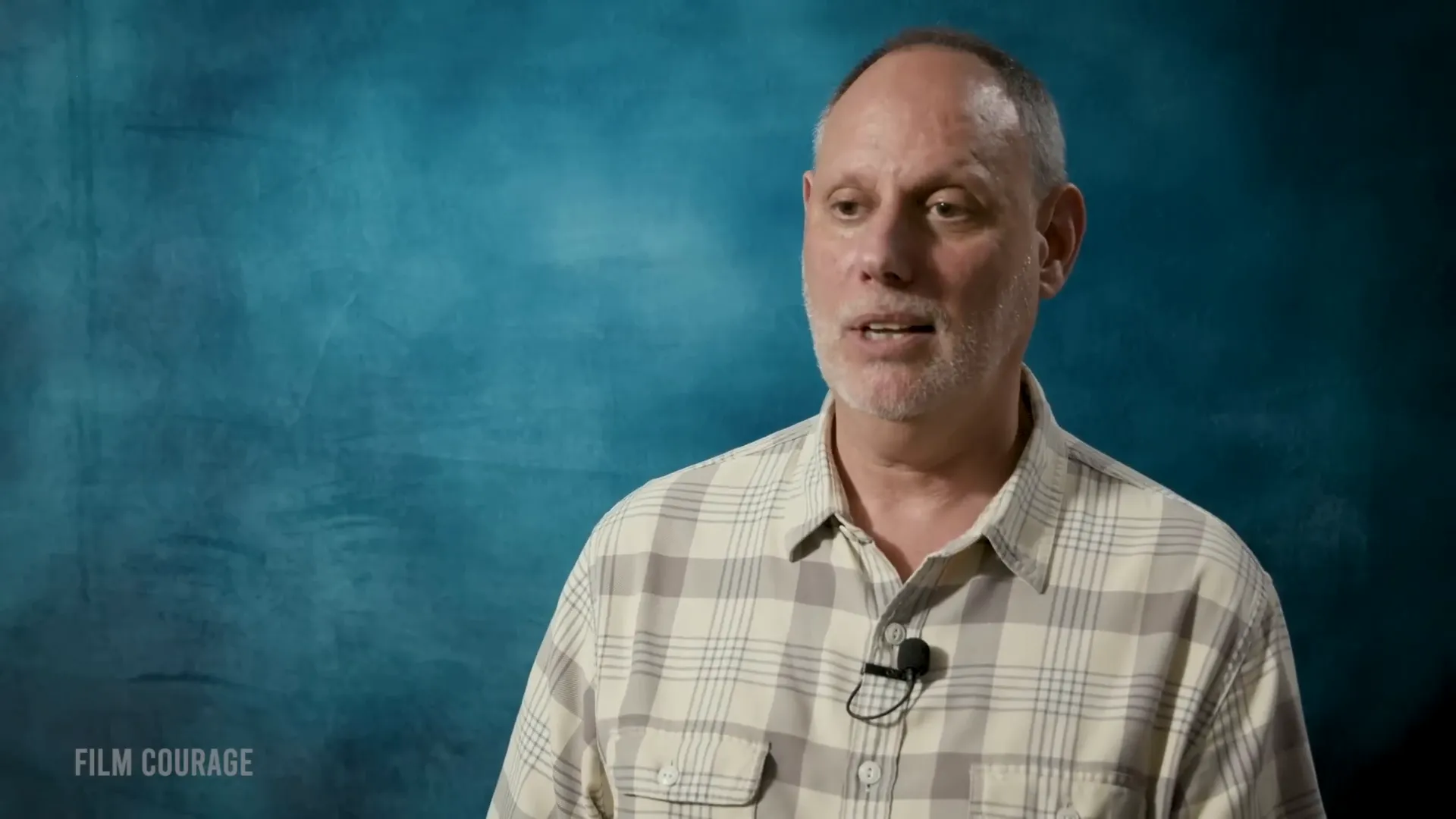
Start by analyzing your writing habits. Do you prefer working in the morning or late at night? Understanding when you are most productive can help tailor your writing schedule. Keep a journal to track your writing sessions, noting when you feel most inspired and engaged.
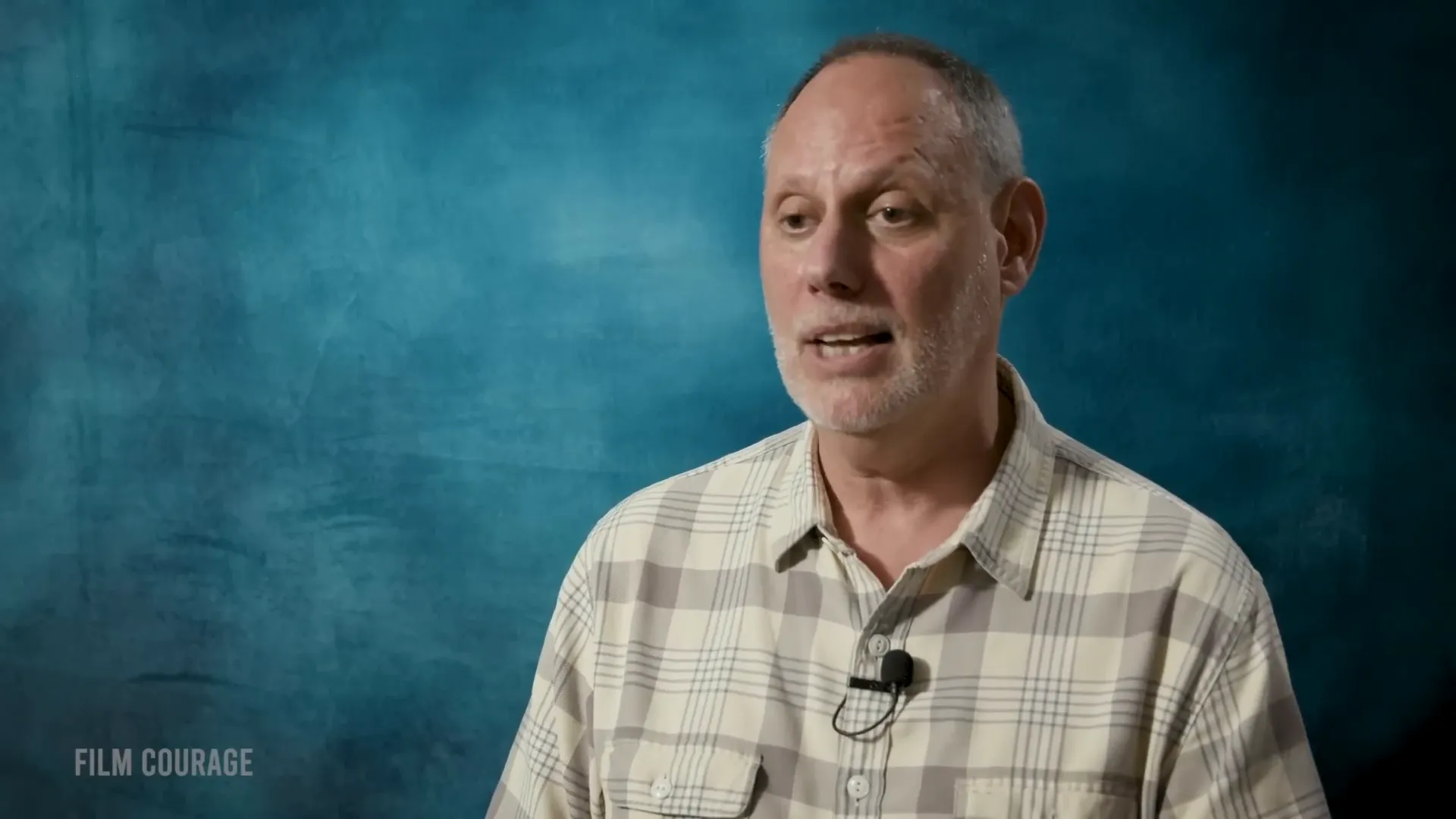
Tips for Finding Your Writing Style
- Experiment: Try different times of day, locations, and writing prompts.
- Reflect: After each session, note what worked and what didn’t.
- Adapt: Be flexible and willing to change your approach as needed.
- Stay Consistent: Once you find a rhythm, stick with it for a while to see if it truly works.
Ultimately, the goal is to create a writing process that feels authentic and enjoyable. The more you understand your preferences, the better you can harness your creativity.
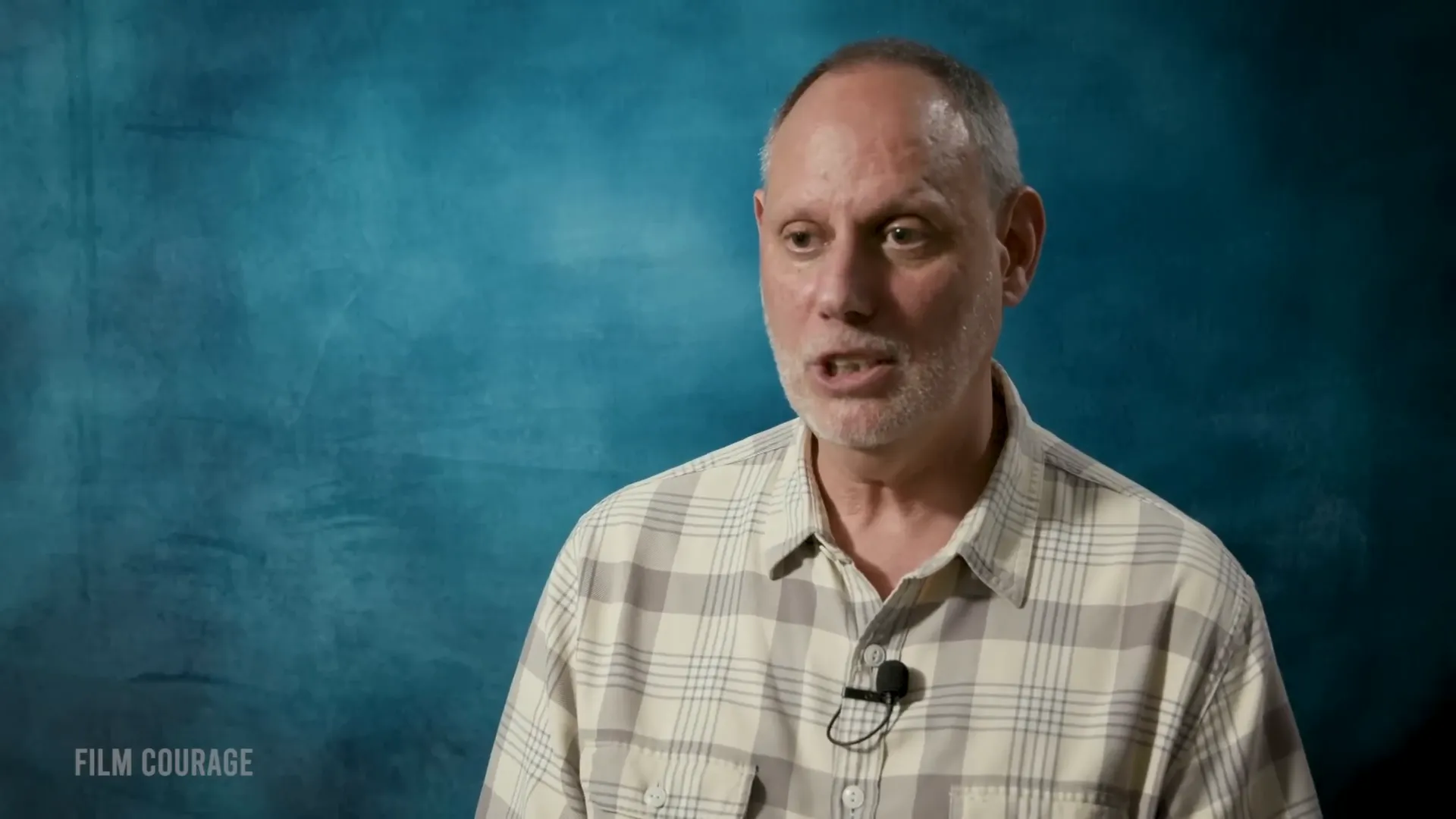
🛑 Overcoming Writer’s Block
Writer’s block is a common hurdle that many face. It can be daunting, but understanding its root causes can lead to effective strategies for overcoming it. Often, it stems from fear—fear of judgment, failure, or even perfectionism.
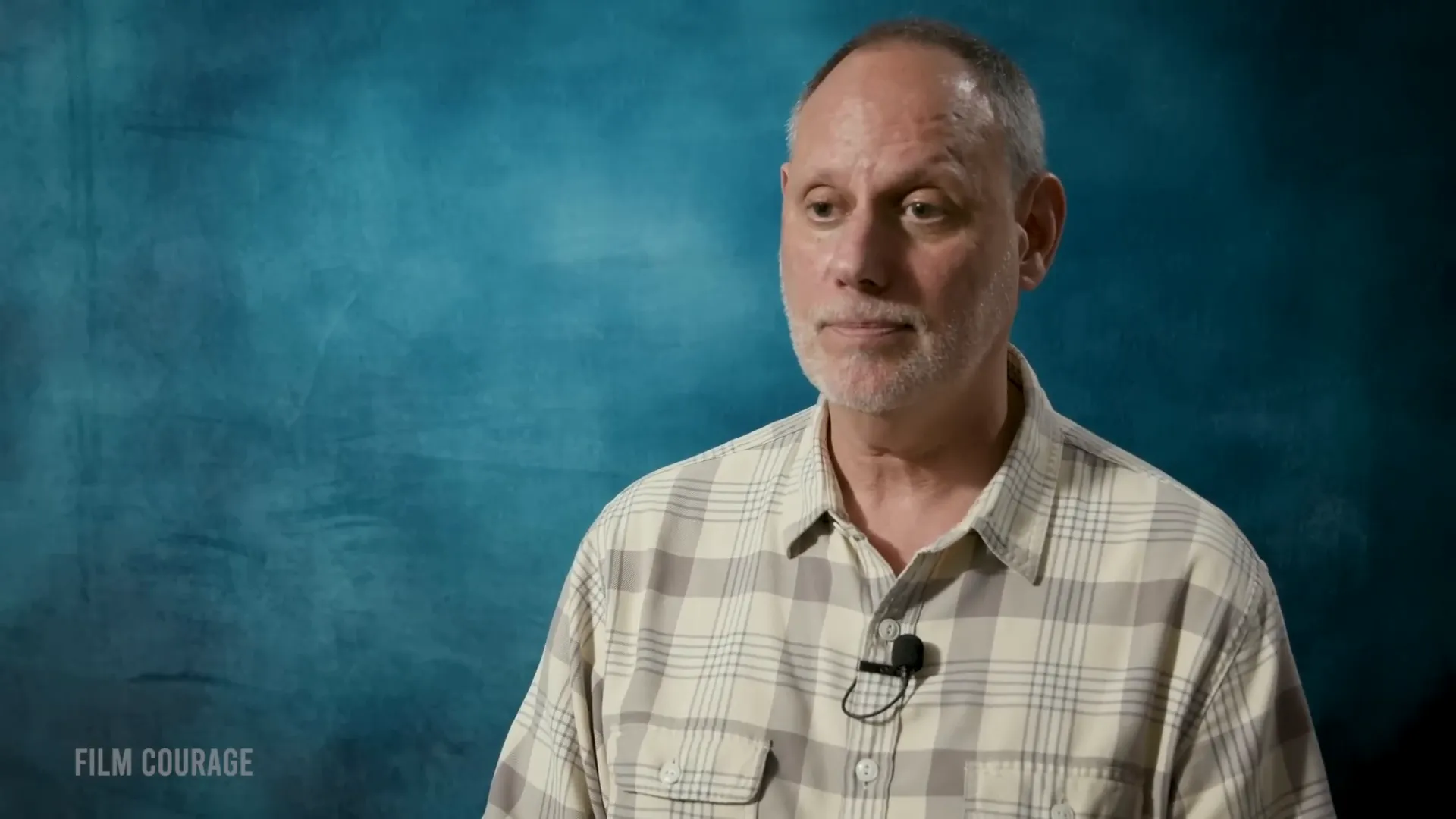
To break through this barrier, consider shifting your mindset. Instead of striving for perfection, focus on the act of writing itself. Set small, achievable goals. Start with a sentence or a scene, and allow yourself to write freely without self-criticism.
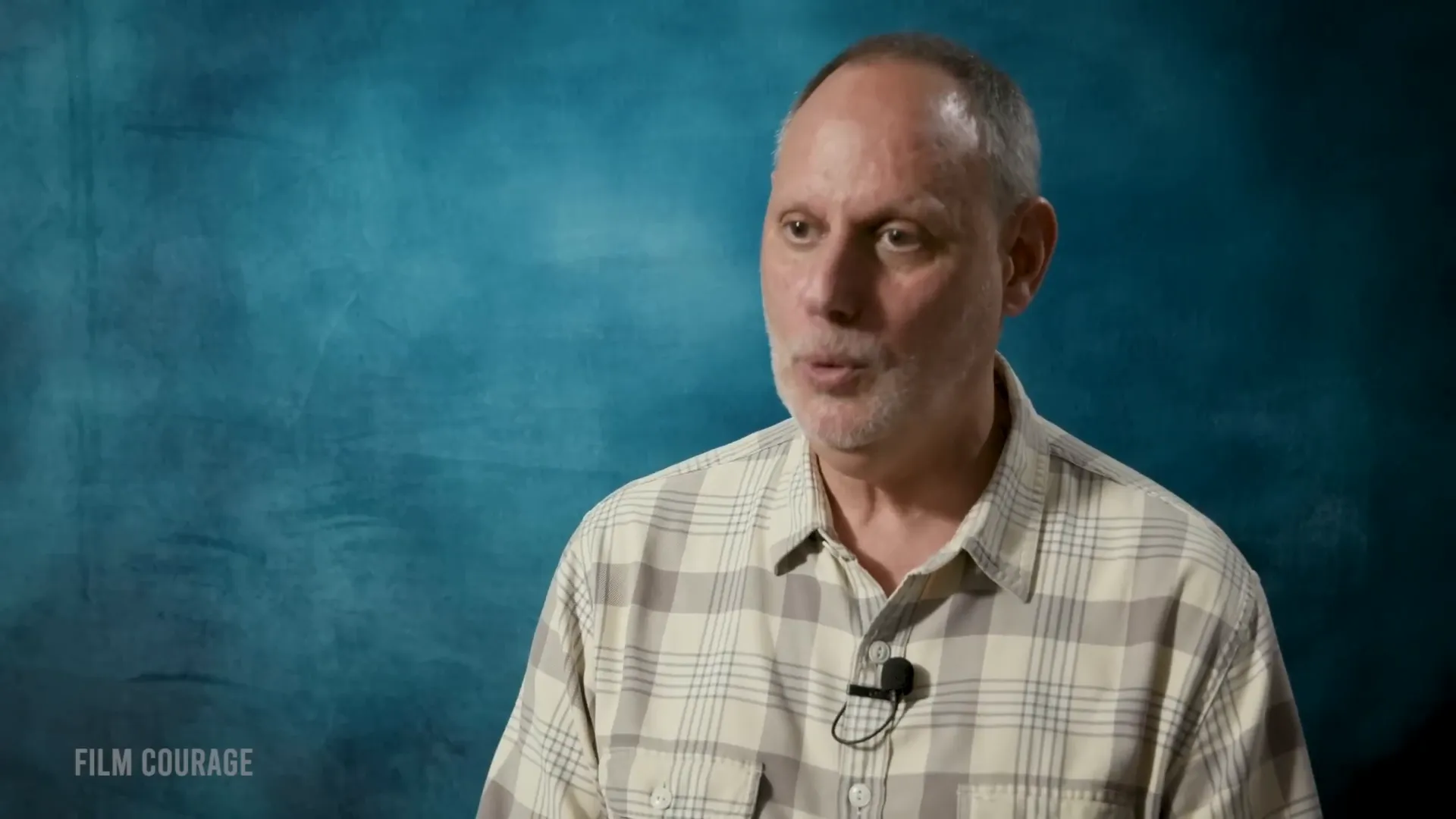
Strategies to Combat Writer’s Block
- Free Writing: Dedicate a few minutes to write anything that comes to mind without worrying about structure or quality.
- Change Your Environment: Sometimes a new setting can spark creativity. Try writing in a café, park, or library.
- Set Timers: Use the Pomodoro technique—write for 25 minutes, then take a 5-minute break.
- Visual Prompts: Use images or quotes to inspire new ideas.
Remember, writer’s block is often temporary. Embrace it as part of the creative process, and allow yourself grace during these periods.
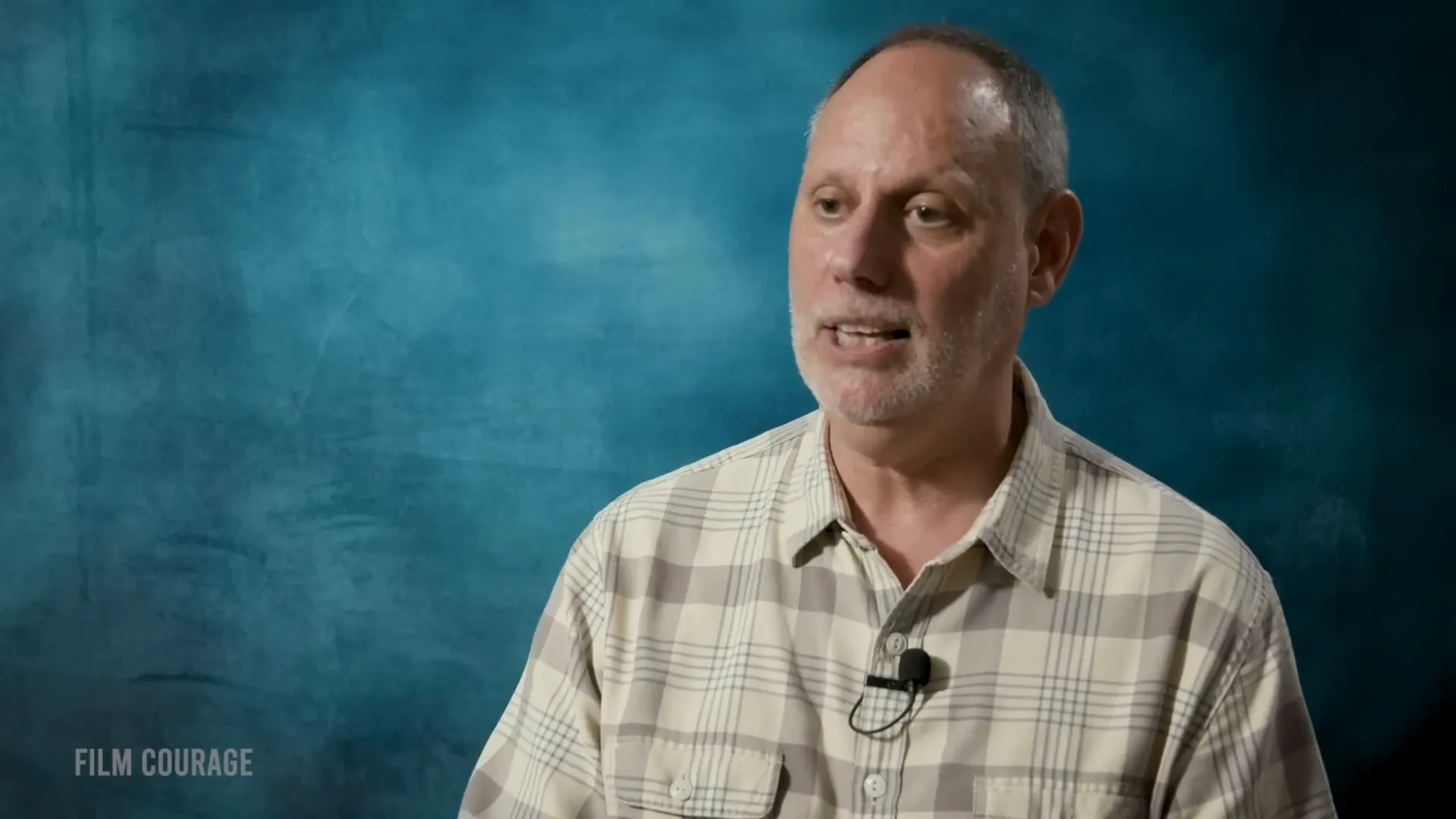
🌀 The Evolution of a Writer
Writing is not just a skill; it’s an evolving journey. Each writer undergoes growth through experiences, feedback, and reflection. Embrace the notion that improvement comes from practice and perseverance.
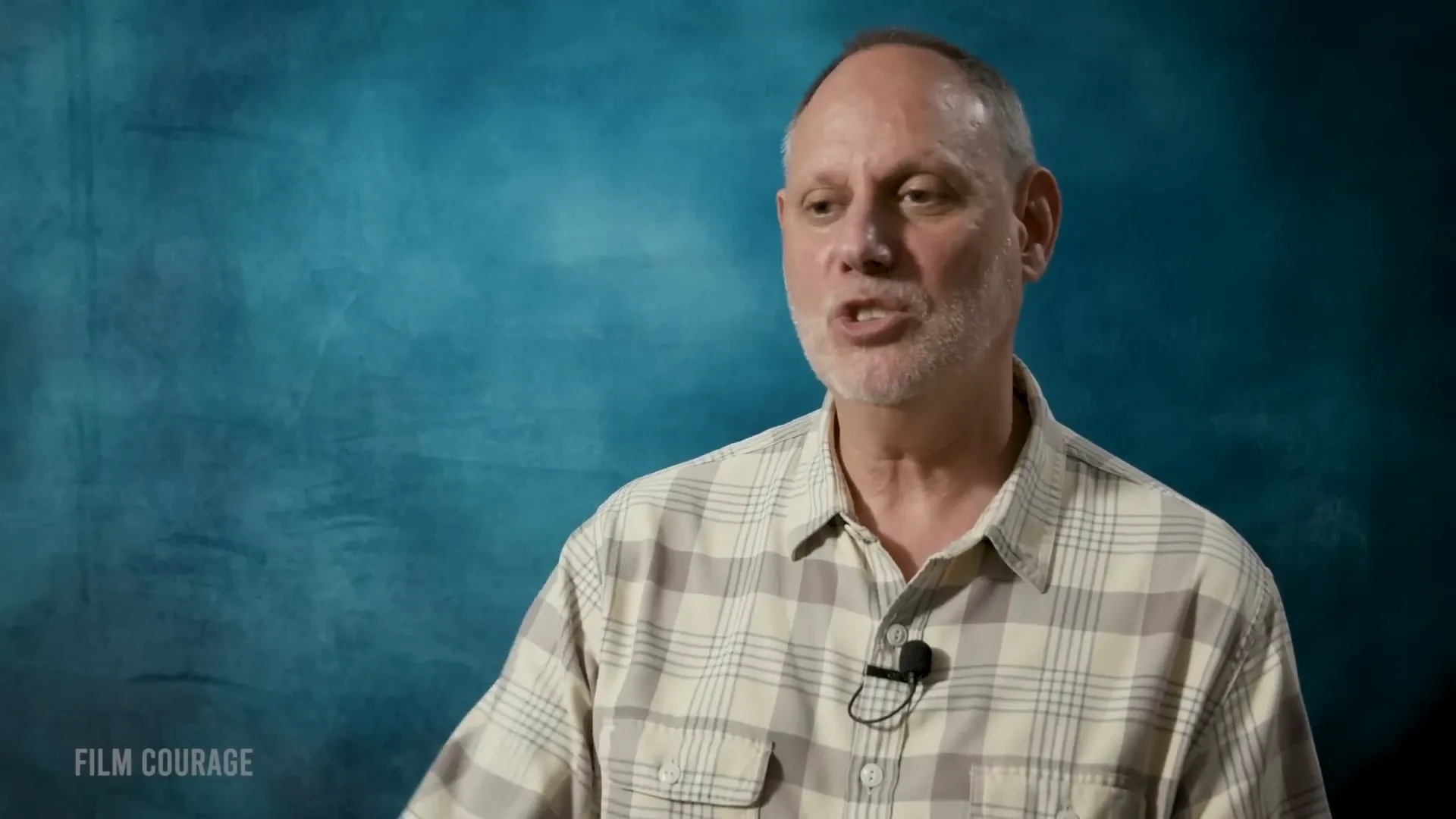
As you progress, you’ll notice shifts in your style and voice. This evolution is a natural part of the writing process. Embrace feedback from peers and mentors, as it can provide valuable insights into areas for growth.
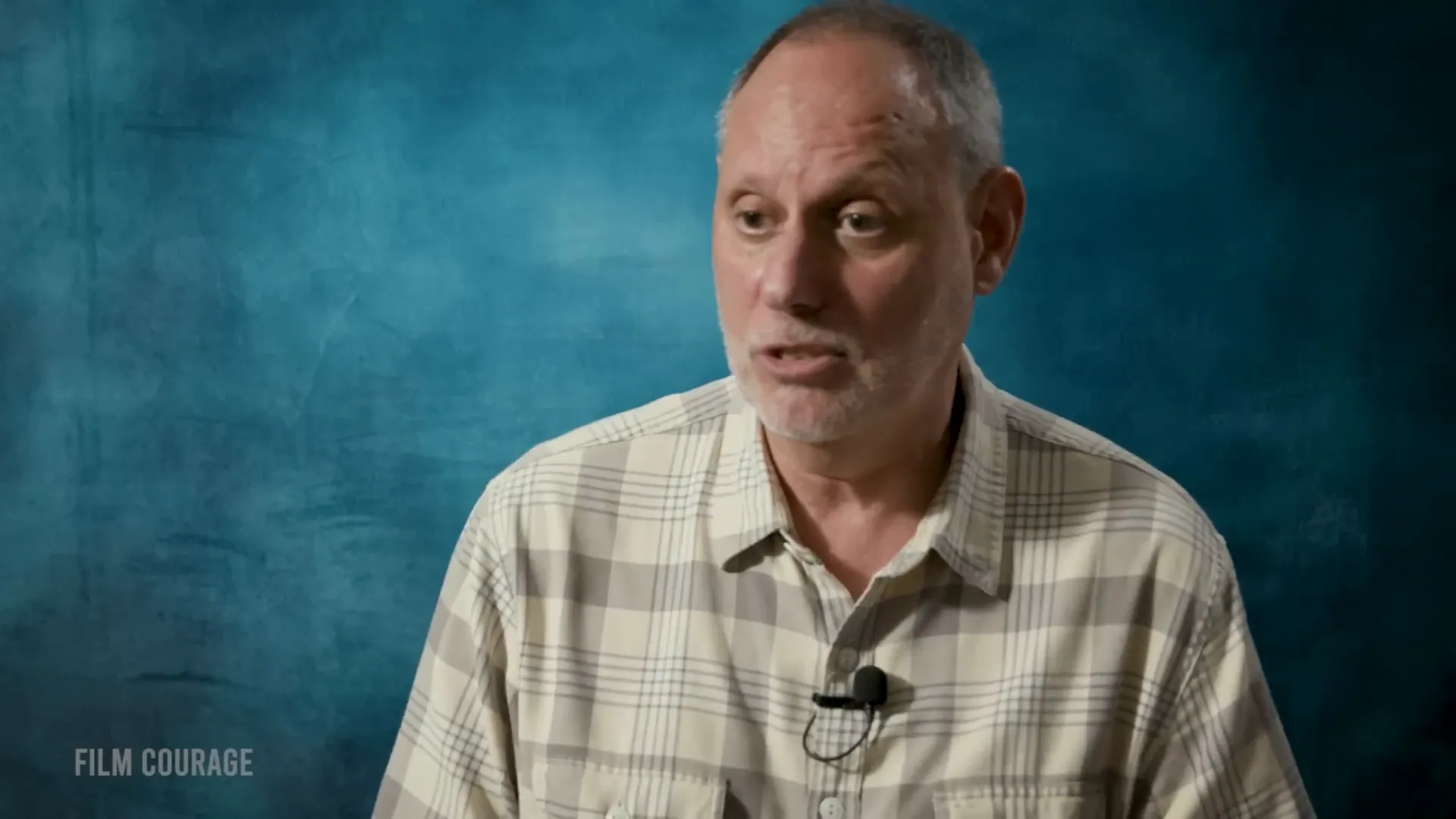
Stages of a Writer’s Evolution
- Novice: Exploring different genres and styles, often lacking confidence.
- Intermediate: Gaining knowledge and starting to develop a unique voice.
- Advanced: Refining skills, experimenting with complex narratives, and receiving constructive criticism.
- Master: Confidently articulating ideas, mentoring others, and continuously pushing creative boundaries.
Accept that growth is often non-linear. There will be moments of doubt, but they are integral to the journey. Celebrate your achievements, no matter how small.
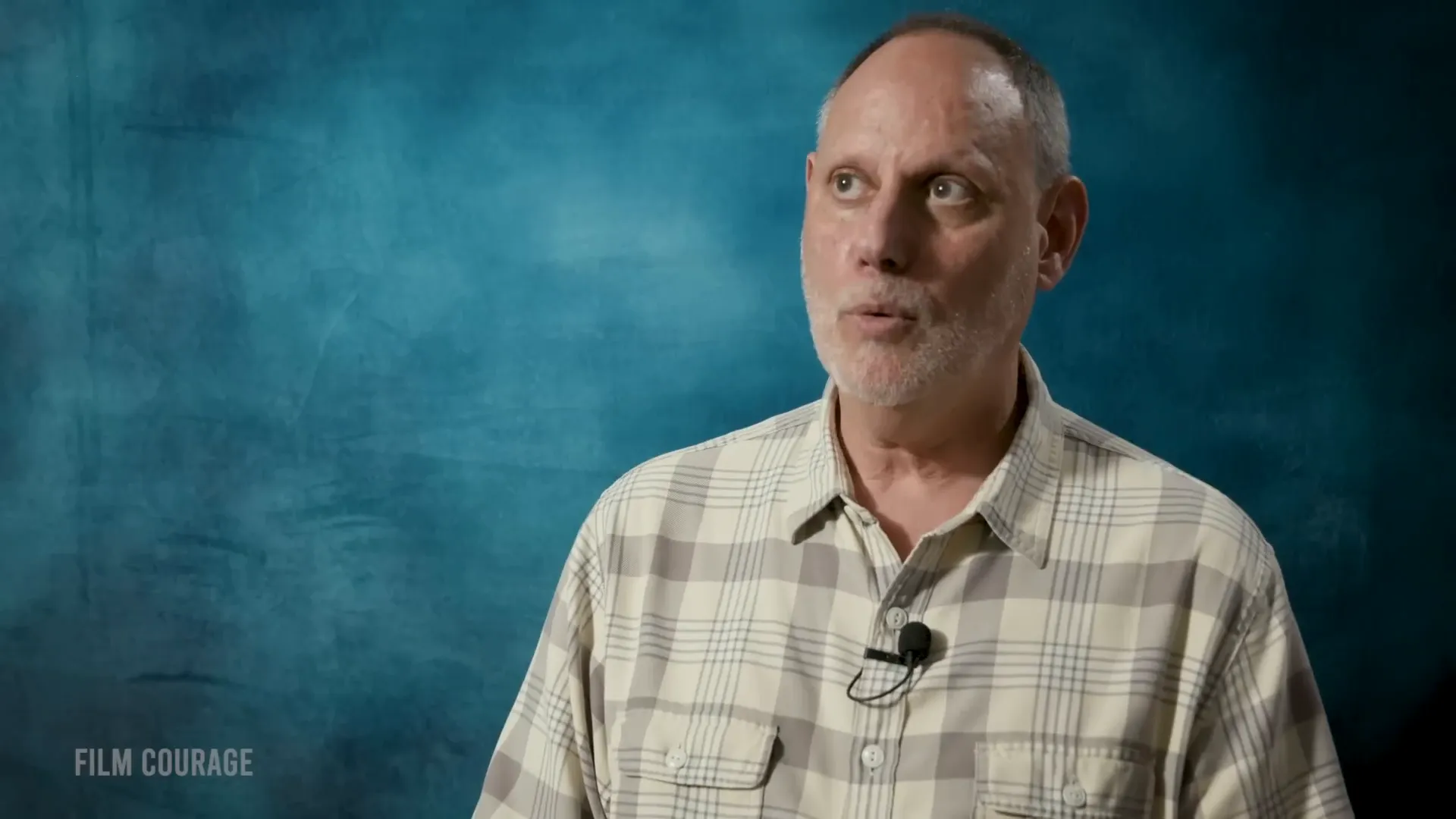
🛤️ The Writing Process: A Continuous Journey
The writing process is never truly finished. It’s a continuous cycle of writing, revising, and reflecting. Each draft brings you closer to your vision, but it’s essential to recognize that perfection is unattainable.
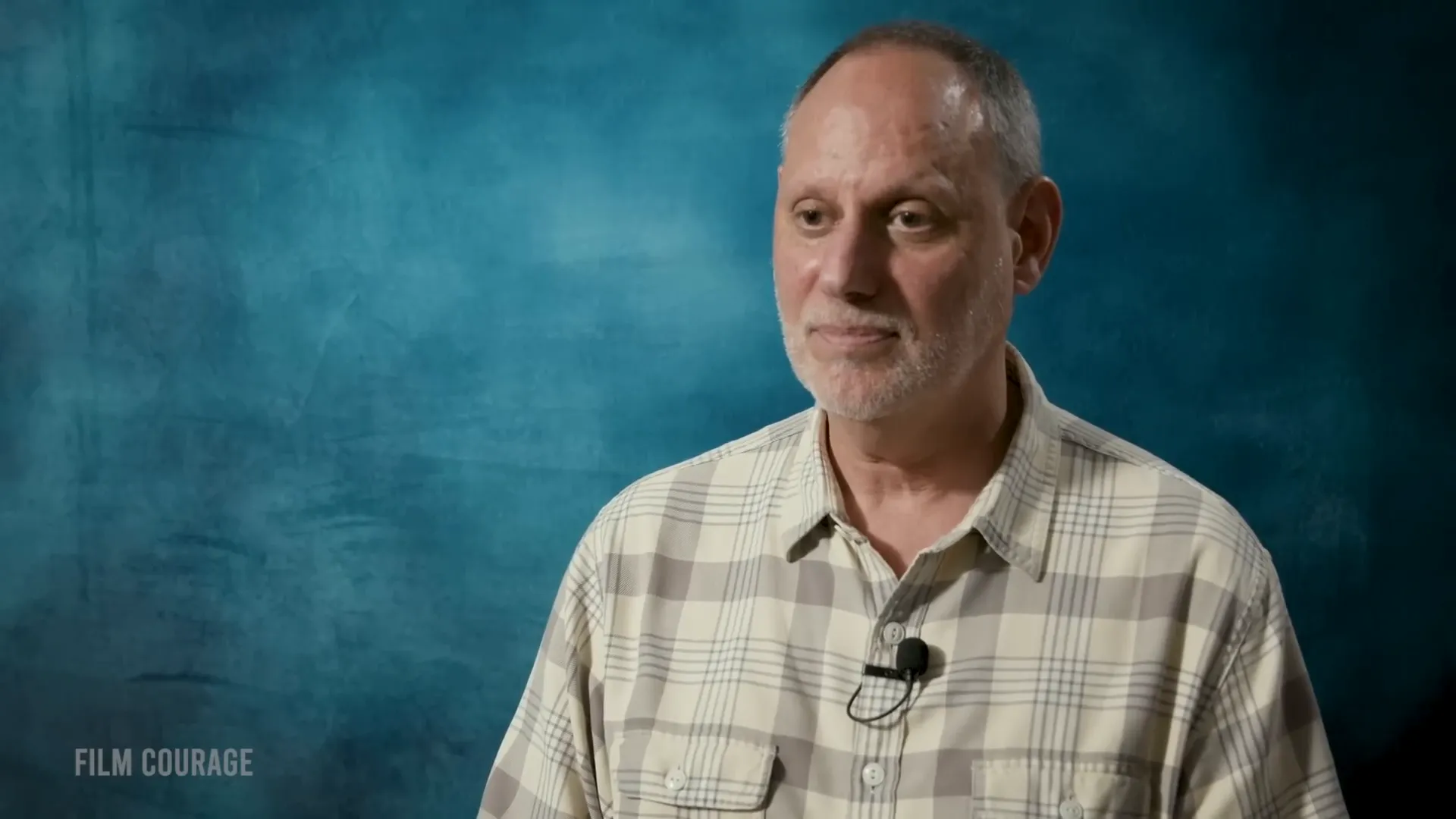
Engage in regular revisions. This step is crucial for refining your narrative and ensuring clarity. Seek feedback from trusted peers to gain different perspectives and improve your work further.

Key Steps in the Writing Process
- Drafting: Create your first draft without overthinking.
- Revising: Look for areas to enhance clarity, flow, and character development.
- Editing: Focus on grammar, punctuation, and formatting.
- Feedback: Share your work with others and be open to constructive criticism.
- Finalizing: Prepare your manuscript for submission or publication.
Remember, every writer has their unique process. Find what works best for you and embrace the journey.
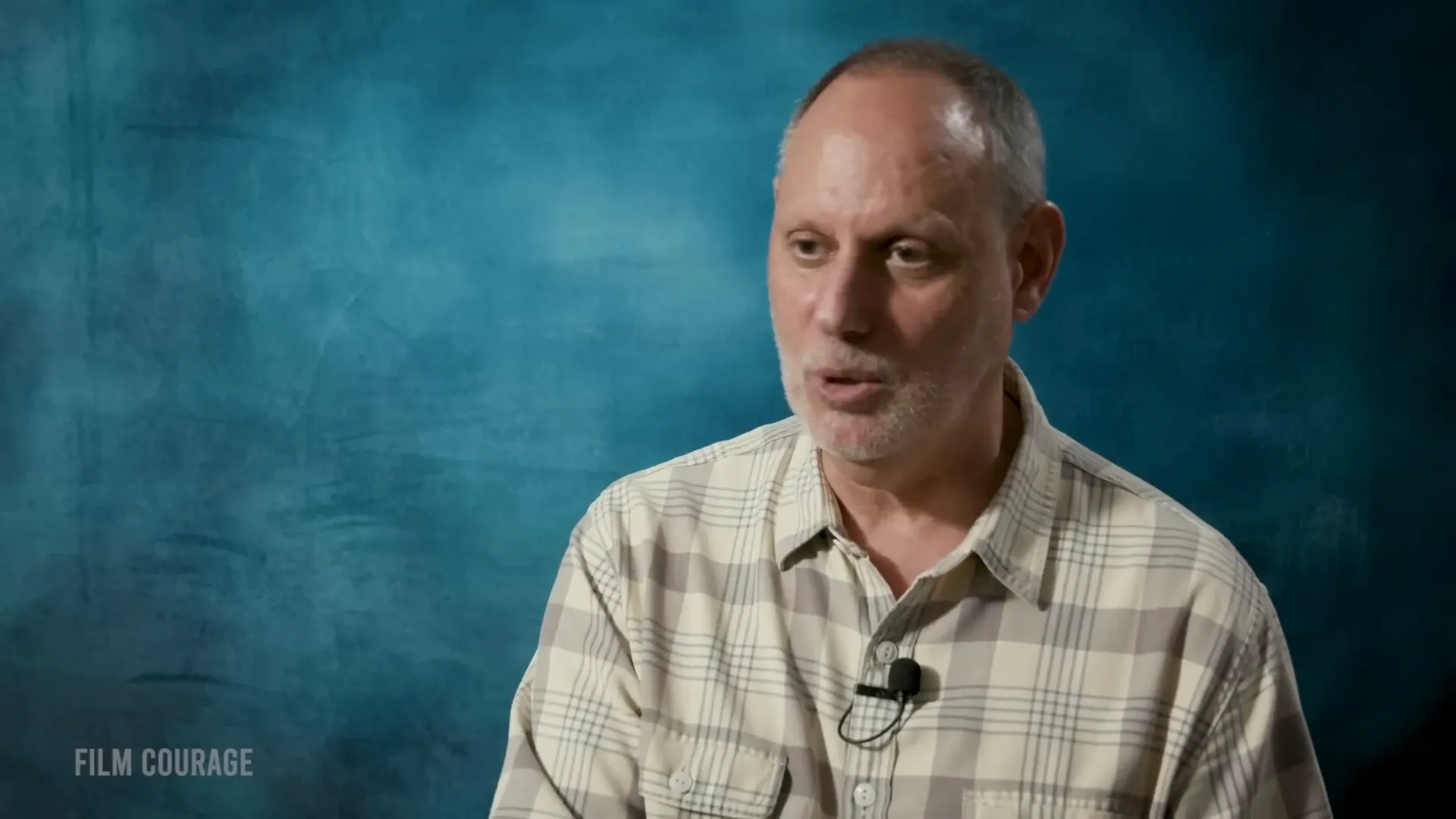
❓ FAQs on Storytelling and Writing
As writers embark on their storytelling journey, questions often arise. Here are some frequently asked questions that can guide you in your writing endeavors.
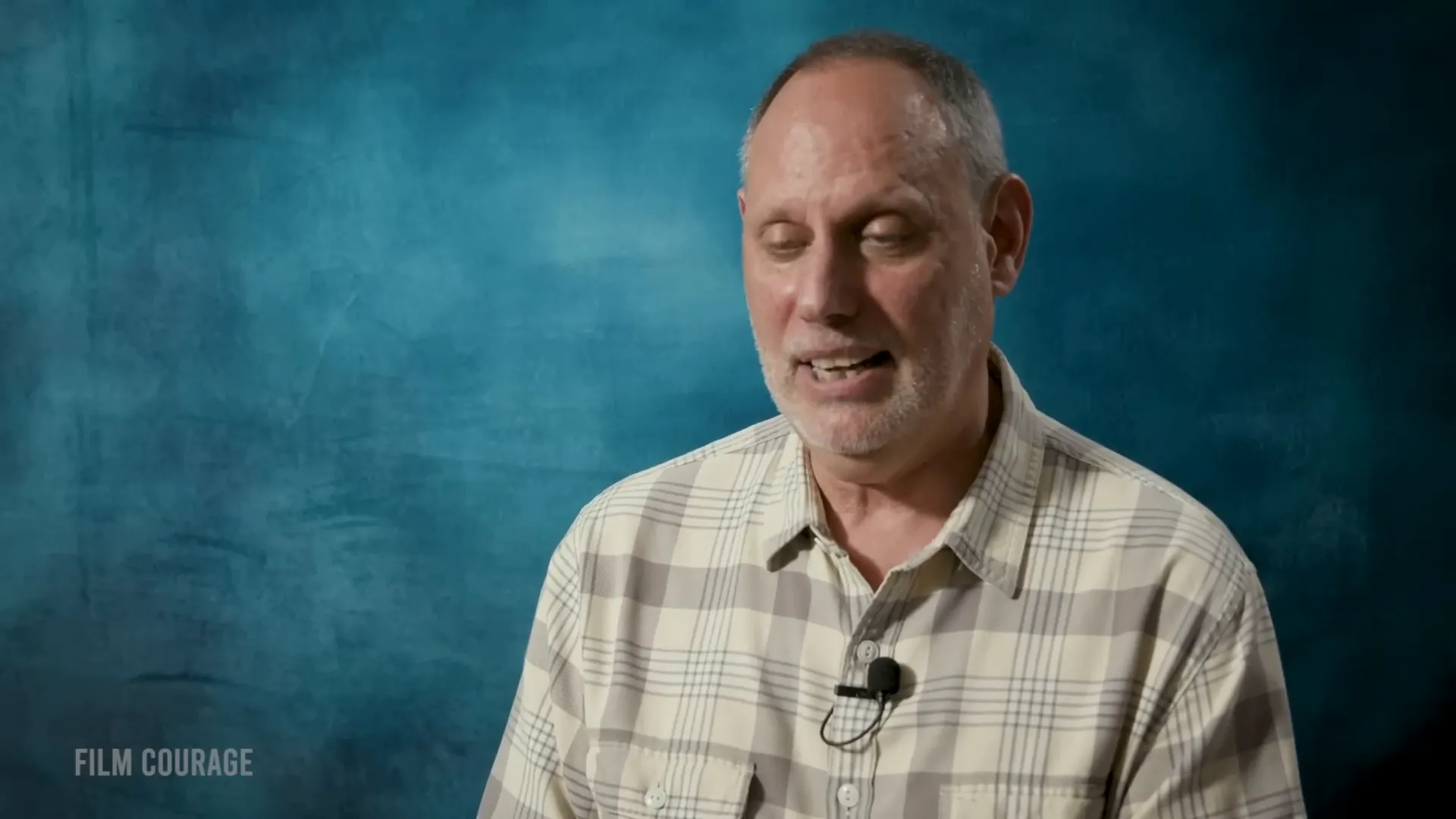
Common Questions About Writing
- How do I develop my characters? Focus on their goals, motivations, and obstacles. Create backstories that inform their actions.
- What makes a compelling plot? A strong plot combines clear goals, meaningful obstacles, and character growth.
- How do I know when my story is finished? A story is finished when you feel satisfied with the resolution and character arcs, even if it’s not perfect.
- Can I write in different genres? Absolutely! Experimenting with genres can expand your skills and creativity.
Writers should view questions not as obstacles but as opportunities for growth. Each inquiry can lead to deeper understanding and richer storytelling.
